Family Law Process Options - Everything Including the Kitchen Sink
“First we make our choices. Then our choices make us.” - Anne Frank
When a couple makes the difficult decision to separate, they often seek professional guidance about the process. Their initial inquiries are driven by questions like:
How do I get divorced?;
What are my rights and obligations?; and,
How long will this take?
These are the right questions, no doubt. However, any answers will be wholly deficient, if they do not first address the crucial - but often forgotten - question:
What are my process options and which one is right for me?
So, here it is - the spectrum of family law processes - in a nutshell, with everything including the kitchen sink.
Kitchen Table
At the far left of the spectrum, we have the kitchen table option. This is where the parties will gather together (usually around the kitchen table) and negotiate an agreement that works for them. This is generally done without the assistance of counsel or professional expertise. While this self-help collaborative model is not without its risks, it is a reasonable option under the right set of circumstances. Where separation is amicable, the marriage was of short duration, there are no children, and there are minimal marital assets, a kitchen table negotiation can be an inexpensive, efficient and effective process option. Parties will still need to formally file for dissolution with the court, which can be a complicated roadmap of forms and technical requirements, however there are excellent self-help resources available through the courts for people navigating the system on their own. Community and professional resources (i.e. limited scope or consulting legal services) can provide additional guidance and support.
Mediation
This is my favorite process option and the one to which I have devoted my professional efforts. Mediation is a voluntary and confidential negotiation process, led by a neutral facilitator (the “mediator”). The mediator has no power to decide the issues, but works with the parties to help them generate options and reach agreements.
Mediation does not fit squarely at one end of the spectrum or the other. It is available both as a stand-alone process and in conjunction with the other methods and procedures, outlined below. For example, mediation may be used in the collaborative process, prior to an arbitration, in efforts to break impasse in negotiation, and/or in a last ditch attempt to avoid trial in litigation. Due to the voluntary and confidential nature of mediation, there is minimal risk associated with the process. It creates a safe space for communication and negotiation, and as a result, there are a wide range of circumstances in which mediation is a recommended process. However, there are also circumstances in which mediation may be inappropriate, for example, where there is an insurmountable power imbalance between the parties or where one party is strongly opposed to mediation.
Negotiation
Like mediation, negotiation is a process that floats along the spectrum. It is used at the kitchen table and in mediation, collaborative law, arbitration, and litigation. Negotiation is a form of dispute resolution in which parties make a series of competing proposals with the goal of achieving a mutually agreeable settlement. Negotiation may be party-to-party, lawyer-to-lawyer, or a combination (sometimes described as a “four-way” negotiation).
Collaborative Law
Collaborative law fits somewhere in the middle of the spectrum. In a collaborative process model, parties commit to resolving the conflict through good faith negotiations out of court. Each party is represented by their own independent attorneys who have been retained in a limited engagement to assist the parties in achieving settlement of all issues. The parties and their lawyers sign a “participation agreement,” which sets out the process goals and the parties’ joint commitment to negotiate without the threat of litigation during the collaborative process. The process is voluntary and the parties are free to withdraw from it at any time and proceed to litigation, with the caveat that in such circumstances both lawyers are disqualified from further representation of their clients in the court process.
Arbitration
Moving along to the right side of the spectrum, we find arbitration. Arbitration is a private process in which a third party neutral (the “arbitrator”) is empowered to decide the matter, with similar authority as a judge. A creation of contract between the parties, the arbitration process is very flexible. It can be binding or non-binding; formal or informal; and provide parties with elements of control they would not otherwise have in litigation, for example the choice of their arbitrator, taking into account his/her experience and expertise. A binding arbitration award is arguably more “final” than a court judgment in that the award is not appealable and may be vacated only under very narrow and limited circumstances. Arbitration may preferable to litigation where privacy, control and finality are important concerns.
Hybrids
In addition to the options above, there are hybrid processes, such as Med-Arb or Arb-Med. Like the name suggests, these processes involve a combination of two or more processes. Hybrids are built-in backup plans and add a further element of flexibility and control to a chosen process. Consider whether a hybrid process might be beneficial to you upon your determination of a primary process choice. For example, once you’ve decided to mediate, consider whether arbitration might be the next best option, if you are unable to reach resolution at mediation. If so, you may consider entering a Med-Arb agreement which sets out the parameters of your tailored dispute resolution path.
Litigation
Litigation exists at the far right side of the spectrum. This is the default process and one in which too many disputants find themselves for lack of complete understanding of the spectrum of options. Litigation is a public process in which a neutral trier of fact (the “judge”) decides the matter. It is adversarial, formulaic, and expensive, and as such it is a good process “of last resort”. It is also a necessary process in many circumstances and parties should not be fearful of engaging in litigation under the right circumstances. Notwithstanding, litigation is generally best utilized when it is combined with other process options like mediation and/or negotiation.
The Kitchen Sink
This process option exists across the entire spectrum and utilizes the different processes, as required. This option is arguably the most flexible and invites the strategic tailoring of processes to a particular conflict and the separate issues underlying the whole. The kitchen sink recognizes the use of different options for different issues in a case or at different stages of a proceeding. For example, parties may decide to mediate a custody dispute, arbitrate property division, and litigate support. Navigating the kitchen sink ought to be directed by competent counsel and led by well-reasoned strategy.
There is no one-size-fits-all approach to handling your separation. In fact, there is a myriad of ways to bring your family conflict to conclusion. As a first step to your separation and/or divorce, make sure you give due consideration to your process options in order to ensure you are on the best possible course towards resolution.




